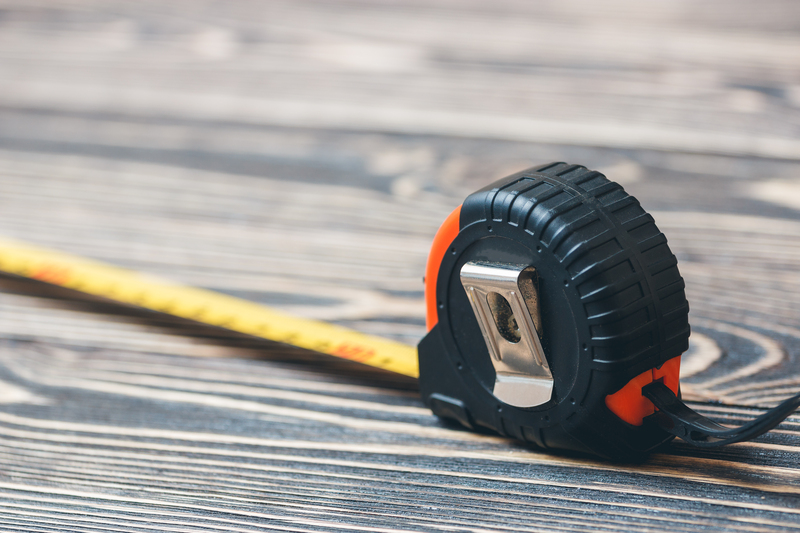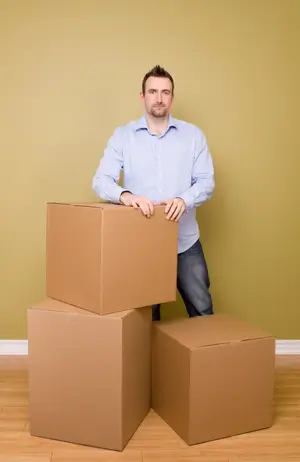Why Even Upright Pianos Need Careful Handling by Experts
Upright pianos are remarkable instruments, offering a beautiful blend of artistry, engineering, and tradition. Whether nestled in the corner of a cozy home or gracing the hallways of a musical school, their presence is truly exceptional. Yet, despite their sturdy appearance, upright pianos are delicate in ways most people overlook. Proper handling, especially by professional piano movers and technicians, is crucial to preserve their sophistication and longevity.
The Myths About Upright Piano Durability
It's a common misconception that upright pianos are robust and can be moved around like average pieces of furniture. Their vertical frame and compact size compared to grand pianos might make them appear indestructible. However, looks are deceiving. The intricate inner mechanics and sensitive components of upright pianos mean that careless handling can lead to costly repairs or even irreversible damage.
- Complex action mechanisms: More than 5,000 moving parts can be found inside an upright piano, from hammers and dampers to keys and springs.
- Delicate strings: High-tension wires withstand over 18 tons of pressure in a single upright piano. Mishandling can snap these strings or put the entire system out of tune.
- Sensitive finishes: The outer finish, usually polished wood, is easily scratched or dented without special care.
The Hidden Vulnerabilities of Upright Pianos
Despite their upright posture, these pianos are shockingly sensitive to sudden changes. Their complex structure makes them vulnerable to temperature, humidity, and physical impact. Any movement or shift, if performed incorrectly, threatens both the instrument's exterior and internal harmony.
Key vulnerabilities of upright pianos include:
- Veneers and finishes: Susceptible to scratches, dents, and chips while being moved through tight spaces or doorways.
- Cast iron plate: Even a small drop or jolt can crack this vital structural element, completely ruining the piano.
- Pedals and legs: Easily bent or broken if not lifted or supported correctly during transportation.
- Action mechanism: Complex levers and felt pads can become dislodged, resulting in sticky keys or off-putting sounds.

Why Professional Handling Is Essential for Upright Pianos
Expert Knowledge of Piano Structure
Moving or handling an upright piano requires an in-depth understanding of its construction. Only trained experts know the exact points of strength and vulnerability. Through years of experience, piano movers and technicians learn to assess each instrument's unique needs and adjust their approach.
- Assess weight distribution: Upright pianos can weigh between 300 to 900 pounds. Incorrectly lifting or tilting can cause the structure to warp or break.
- Identify fragile components: The back posts, legs, and front panel must be handled strategically to prevent damage.
- Plan safe routes: Navigating stairs, hallways, and doorways requires careful measurement and strategy to avoid collisions.
Specialized Equipment and Techniques
Professional piano movers use special hardware, blankets, dollies, and harnesses to protect every inch of the piano. For example, piano skids or "sleds" distribute the weight evenly, while padding guards against scratches.
- Secure strapping: Precision strapping ensures that the piano won't shift or topple during transport.
- Blanket wrapping: Padding the piano prevents nicks and surface damage during moves.
- Climate control: Professionals consider weather and humidity, using trucks or vans tailored to safe piano transport.
Risk of Injury and Liability
Attempting to move an upright piano without professional help is not just risky for the instrument--it poses serious safety hazards to those involved. These heavy objects can cause crushing injuries or property damage if dropped or mishandled. By hiring expert piano movers, you protect your loved ones and your home as well as your prized instrument.
Common Mistakes When Handling Upright Pianos
Understanding the reasons behind professional handling for upright pianos is only part of the story. Let's look at some common mistakes made by untrained individuals:
- Improper lifting: Attempting to lift from the ends or press on fragile components can cause structural damage.
- Poor planning: Neglecting to measure doorways, staircases, and tight bends leads to getting stuck or dropping the piano.
- Lack of manpower: Underestimating the weight may result in strained backs or, worse, accidents involving the piano tipping over.
- Inadequate protection: Skipping blankets and straps usually ends with chips, scratches, or broken legs.
- No tuning after moving: Failing to schedule a post-move professional tuning leaves the piano sounding off.
Beyond Moving: Ongoing Care by Piano Experts
Piano Tuning and Regulation
Every time an upright piano is moved, even across a single room, it is subject to vibrations and shifts that unsettle its internal mechanics. Proper post-move maintenance involves both tuning (adjusting string tension) and regulation (aligning the action mechanism for responsive touch).
- Expert tuners: Ensure the piano's pitch and tone remain consistent and pleasant.
- Regulation technicians: Adjust keys, hammers, and pedals for optimal performance.
Neglecting this delicate process can leave even the finest upright pianos sounding dull or uneven, robbing performers of the quality they expect.
Piano Cleaning and Restoration
Over time, dust and debris can accumulate inside the piano, impacting sound quality and even inviting pests. Professional care extends to cleaning, minor repairs, and restoration.
- Deep cleaning: Experts use specialized tools to clean beneath the keys and strings without harming delicate parts.
- Finish touch-ups: Only experts know how to properly polish or restore wood veneer without further damage.
- Component replacement: When parts wear out or break, professional technicians source and install genuine replacements.
Choosing the Right Expert for Upright Piano Handling
Credentials and Experience
Not all moving companies are equipped for pianos. Look for specialized piano movers with years of experience and a track record of successful deliveries. Check for certifications or memberships in industry organizations, such as the Piano Technicians Guild.
References and Reviews
Always ask for references and read reviews from other piano owners. Genuine piano movers can provide case studies or client testimonials to back up their expertise.
Insurance and Guarantees
A true professional will offer insurance protection for both the piano and your property. This peace of mind is invaluable should anything unforeseen occur during handling or transport.

FAQs: Careful Handling of Upright Pianos
- Can I move an upright piano myself?
While possible, this is highly risky for both the instrument and those involved. Professional help is strongly recommended. - How often should an upright piano be serviced?
Most experts recommend tuning at least twice a year, with regulation and cleaning as needed. - What is the most vulnerable part of an upright piano?
The internal action mechanism is extremely delicate and must be protected during any move. - Will moving affect piano tuning?
Yes. Any move, even minor ones, can disrupt the instrument, requiring professional tuning afterward.
Conclusion: Entrust Your Upright Piano to the Experts
Upright pianos may seem more manageable than their grand counterparts, but their complex, sensitive construction demands expert knowledge and careful attention during handling and transport. The risks of internal damage, tuning instability, and physical injury are just too great for amateurs.
By relying on certified piano movers and technicians, you protect your investment and ensure that your upright piano continues to inspire for generations to come. From specialized equipment and handling techniques to post-move tuning and cleaning, professional care guarantees the longevity, beauty, and exceptional sound of these beloved instruments.
If you own an upright piano, remember: Expert handling is not a luxury--it's a necessity.


